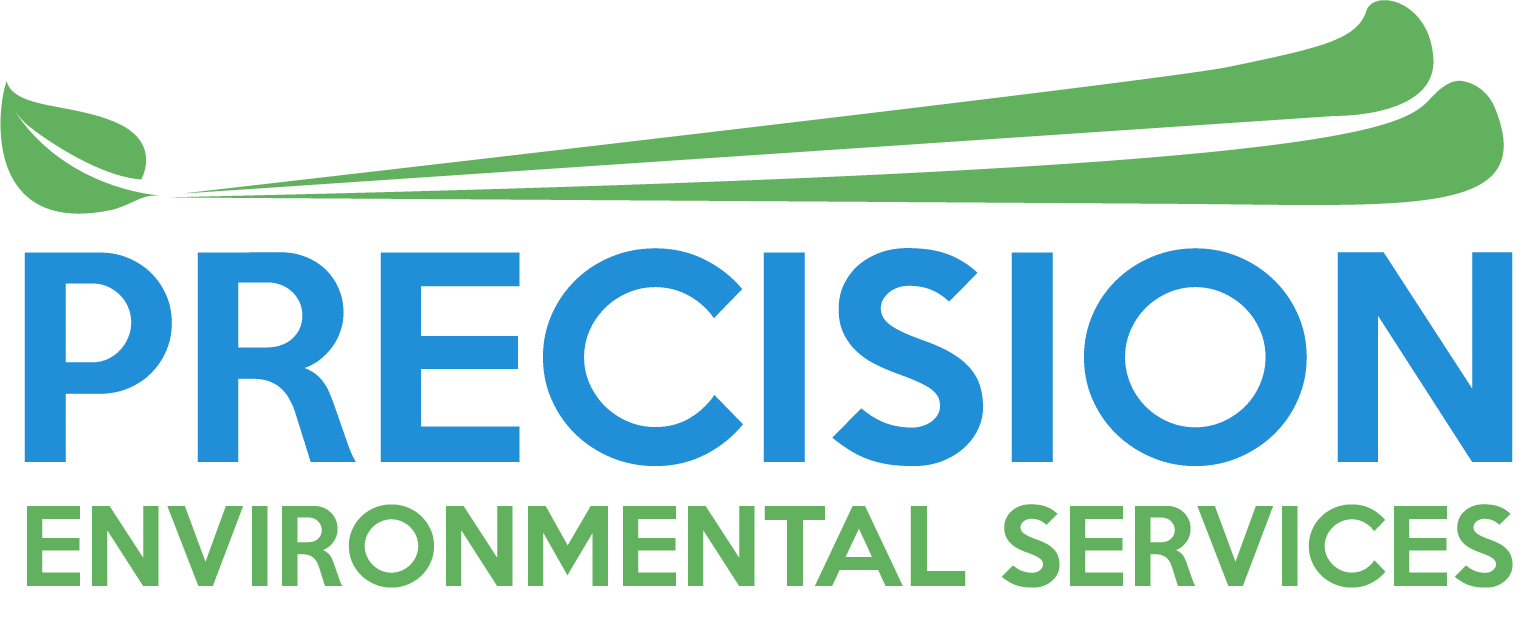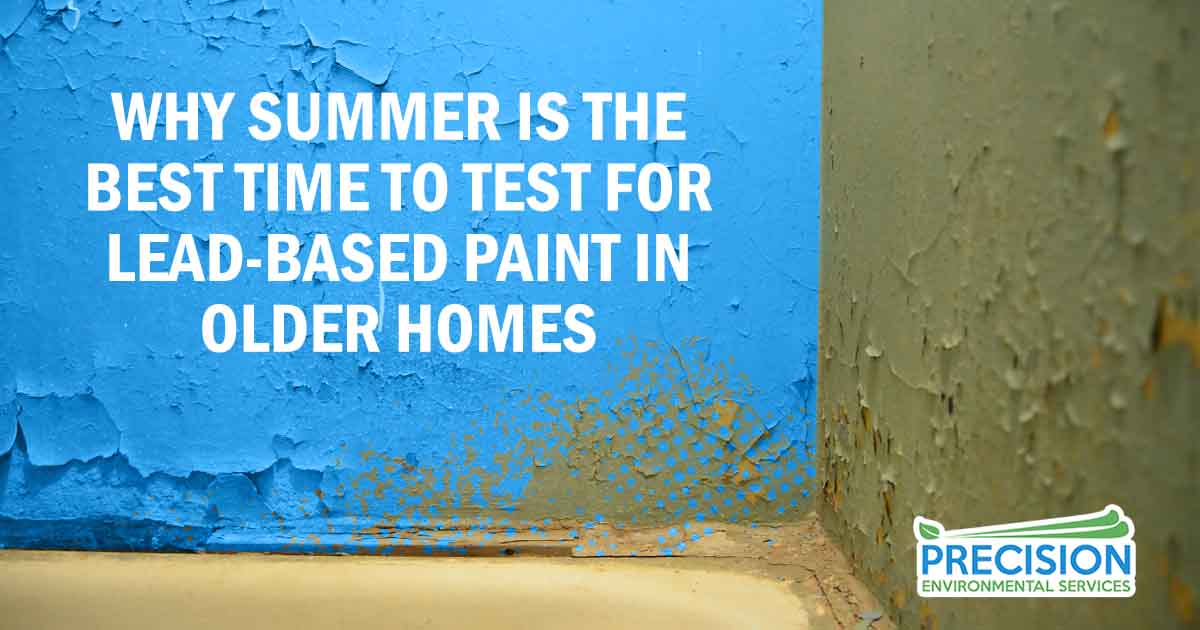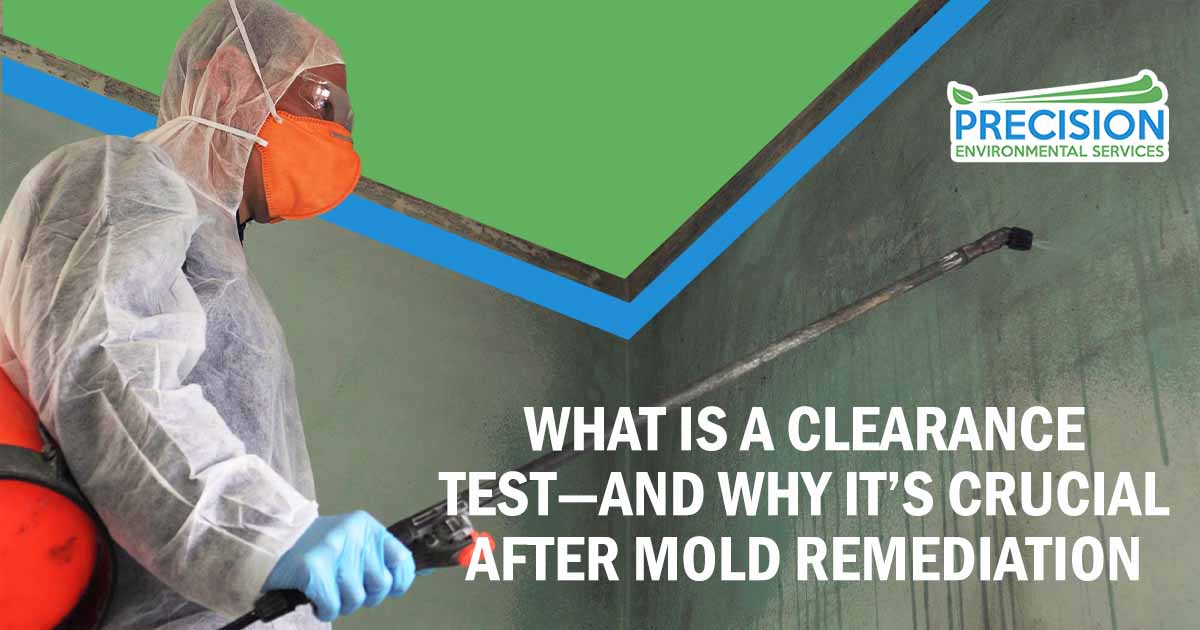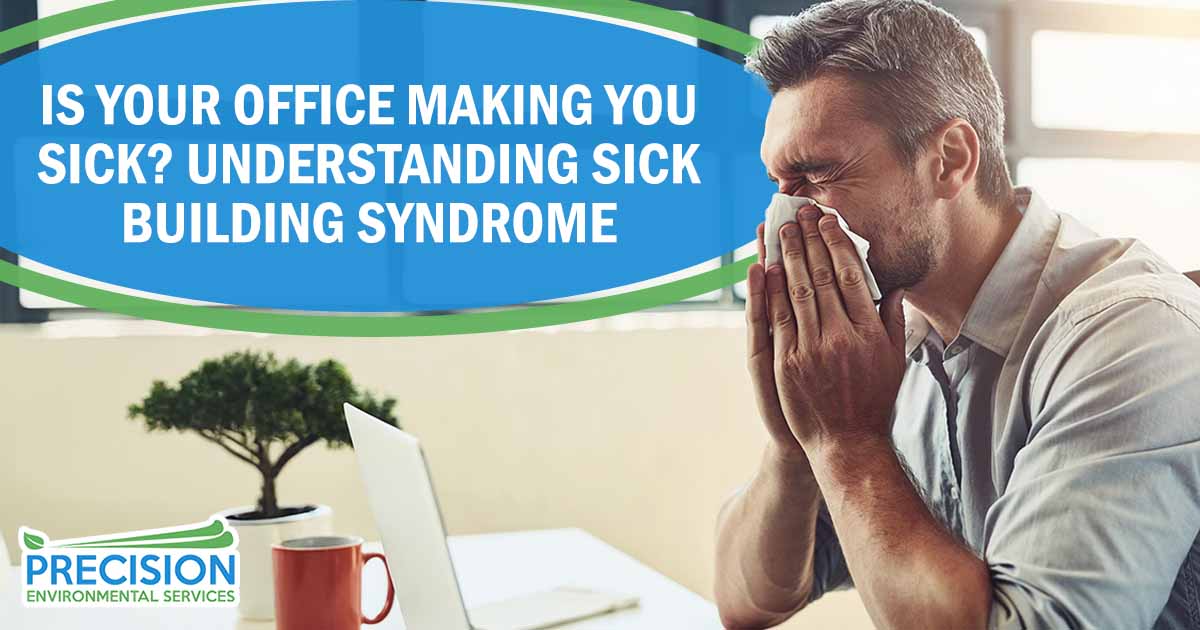Rainy and humid weather is common in many areas, particularly in Texas. For homeowners, wet weather can bring more than just inconvenience—it can also lead to mold growth inside the home. Mold thrives in moist, damp conditions, and with excess moisture from rain and high humidity, mold doesn’t take long to spread. Recognizing the connection between rain, humidity, and mold is crucial for maintaining a safe and healthy living environment. This blog will explain how rain causes mold growth indoors, what to watch for, how to prevent it, and when to call professionals for mold inspection and remediation.
How Rain Causes Mold Growth in Your Home
The Impact of Excess Rainwater on Indoor Spaces
Rainwater can easily find its way into homes, especially if there are leaks or poor insulation. When rainwater seeps into walls, ceilings, or floors, it introduces the perfect conditions for mold growth. Even if there is no visible standing water, the moisture absorbed by porous materials like wood, drywall, and carpet creates an ideal mold environment. Over time, excess moisture trapped indoors can lead to serious mold infestations that affect the home’s structure and its occupants’ health.
How Moisture Accumulates Indoors During Wet Weather
During rainy weather, humidity levels rise, making it harder for moisture to evaporate inside the home. Condensation forms on windows, pipes, and other cold surfaces. When high humidity, these surfaces stay damp for extended periods, contributing to the moisture buildup that encourages mold growth. Even areas not directly exposed to rain, like attics, basements, and crawl spaces, can become breeding grounds for mold if moisture isn’t effectively managed. Understanding how moisture accumulates indoors during wet weather is key to preventing mold issues before they escalate.
The Role of Humidity in Indoor Mold Growth
Why High Humidity Levels Are Ideal for Mold Development
Humidity is one of the primary contributors to mold growth. Mold thrives in environments where the relative humidity consistently exceeds 60%. During rainy periods, the outdoor humidity levels often rise significantly, and this moisture can easily transfer indoors. When the air inside a home becomes saturated with water vapor, it can lead to condensation on surfaces like walls, windows, and pipes. This damp environment and warm temperatures create the perfect conditions for mold to grow. Understanding how humidity impacts mold growth is crucial for homeowners in humid climates who want to prevent mold-related issues.
Humidity vs. Moisture: What’s the Difference and Why Does It Matter?
While humidity and moisture contribute to mold growth, it’s important to understand the difference. Moisture refers to water in a liquid state, which could be from leaks, spills, or rainwater intrusion. Humidity, however, refers to the amount of water vapor in the air. High humidity can lead to condensation, which can cause materials like wood and drywall to absorb moisture. When this happens, mold can begin to grow on these materials. Even if there is no visible standing water, high humidity levels can create conditions that encourage mold growth. Managing both humidity and moisture is key to preventing indoor mold problems.
How to Spot Mold After a Rainstorm
Common Signs of Mold Infestation in Wet Conditions
Following heavy rain or extended periods of humidity, homeowners should watch closely for early warning signs of indoor mold growth. Mold often begins to form in hidden or low-traffic areas where moisture lingers.
Key indicators of a mold infestation after rain include:
- Musty or earthy odor – often strongest in basements, closets, crawl spaces, or under sinks
- Visible mold spots – black, green, or white patches on walls, ceilings, windowsills, or around air vents
- Discoloration – stains or blotchy marks on paint, drywall, or wood surfaces
- Peeling or bubbling paint – a sign that moisture is trapped behind walls
- Warped or buckling materials – such as baseboards, flooring, or wall panels
- Increased allergy symptoms – like sneezing, coughing, or itchy eyes, which may worsen indoors
Mold can also grow in concealed areas, such as:
- Behind wallpaper
- Inside drywall cavities
- Under carpets or flooring
Recognizing potential mold warning signs early may help homeowners decide when to seek professional assessment to reduce the risk of property damage.
Areas of Your Home Most Affected by Rain and Humidity
Some areas of a home are more vulnerable to mold after rain due to poor ventilation, water intrusion, or persistent dampness. Basements, crawl spaces, and attics are often high-risk zones because they are prone to condensation and hidden leaks. Bathrooms and laundry rooms are also susceptible due to high humidity levels and the presence of plumbing. Windowsills, behind furniture, and around entryways can trap moisture, especially if insulation is lacking. Paying close attention to these areas after heavy rain is essential. Regular checks and prompt action can help reduce the risk of mold developing in response to excess humidity and moisture.
The Importance of Mold Inspection After Rain
Why Rainy Weather Increases the Need for Professional Inspections
Rainy weather significantly raises indoor moisture levels, creating ideal conditions for mold to develop—especially in homes with:
- Poor ventilation
- Previous water damage
- Undetected roof or plumbing leaks
While some mold may be visible, much of it often grows in hidden spaces, such as:
- Inside walls and ceilings
- Under flooring and carpets
- Within HVAC systems and ductwork
These concealed areas can harbor mold long before any obvious signs appear. That’s why scheduling a mold inspection after rain is essential for early detection and prevention.
Professional mold inspectors use specialized tools to identify hidden moisture and mold growth that homeowners might overlook, including:
- Moisture meters – to detect damp building materials
- Thermal imaging cameras – to locate moisture behind surfaces
- Air sampling tests – to measure airborne mold spore levels
Getting a professional mold inspection after rainy weather may help identify moisture concerns early and support healthier indoor conditions.
What to Expect During a Professional Mold Inspection
A typical mold inspection starts with a visual assessment of the home’s interior and exterior, focusing on areas affected by recent rain or known for moisture buildup. Inspectors will check for signs of water intrusion, elevated humidity levels, and musty odors. Moisture mapping may be performed to locate damp areas inside walls or floors. Air samples or surface swabs may also be taken to determine the type and concentration of mold spores. After the inspection, homeowners receive a detailed report outlining the findings, possible sources of moisture, and recommendations for remediation if necessary. Getting a mold inspection after rain can help prevent long-term damage and health concerns.
Preventing Mold Growth in Humid Climates
Effective Moisture Control Techniques for Homes
Controlling indoor moisture is commonly recommended as an effective strategy to reduce the likelihood of mold growth, especially in regions with frequent rain and high humidity. Homeowners should start by sealing potential water entry points, such as roof leaks, window frames, or foundation cracks. Gutters and downspouts should be cleaned regularly to ensure proper drainage away from the home. Dehumidifiers can help maintain indoor humidity below 60%, reducing the likelihood of mold development. In addition, addressing plumbing leaks and drying out wet areas within 24 to 48 hours is essential to stop mold from taking hold.
Maintaining Good Ventilation and Air Circulation
Proper ventilation is another key factor in mold prevention. Homes should be equipped with exhaust fans in bathrooms, kitchens, and laundry areas to reduce humidity levels during daily activities. Opening windows on dry days can help increase airflow and decrease indoor moisture. In more humid climates like Texas, HVAC systems should be maintained regularly to ensure they effectively remove excess humidity. Homeowners can also use ceiling and portable fans to promote air movement, especially in rooms with limited natural ventilation. Good airflow prevents damp conditions and discourages mold from growing indoors.
Disclaimer: The information provided on this page is for general informational purposes only and is not intended as legal, environmental, or professional advice. For guidance specific to your situation, please consult with a licensed professional.
Schedule a Mold Inspection with Precision Environmental Services Today
If your home has experienced recent rain, high humidity, or signs of moisture indoors, don’t wait for mold to spread. Precision Environmental Services offers professional mold inspection and testing to identify potential issues before they become serious. Serving homeowners throughout Texas, our certified inspectors use advanced tools to detect hidden moisture and mold to help assess indoor moisture levels and potential mold issues. Contact Precision Environmental Services today to schedule your mold inspection at 817-286-4730 or 940-597-2673 and take the first step toward a safer, healthier home.






